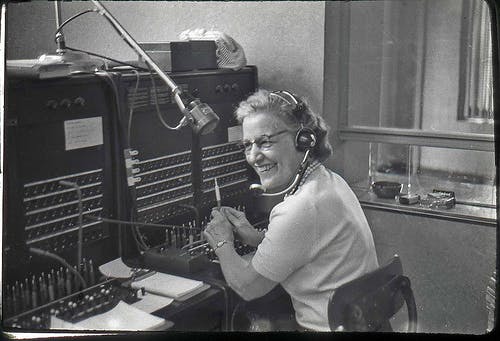Look around at most any HR conference and one of the profession’s little secrets is instantly obvious: human resources is the domain of white, middle-aged women.
A little harder to see is that they are better educated than most of the population, and far better off financially.
Catbert (Dilbert’s evil HR director) notwithstanding, human resources is a pink collar profession that looks very different from the rest of the corporate workforce, let alone the U.S. as a whole.
A gender imbalance in HR
More than a few surveys have noted the gender imbalance in HR. A dozen years ago the federal Office of Personnel Management reported the dramatic change in its own workforce. In 1969, 30 percent of the HR jobs were held by women. By 1998, the percentages were reversed with men holding 29 percent of the jobs. A SHRM survey from 2007 came up with similar numbers.
Now, one of the most extensive profiles of HR professionals ever conducted not only confirms that what the OPM found in the federal workforce applies to the private sector, but the diversity there is just what you would expect from eyeballing conference attendees.
What HR Thinks and Feels: The 2011 HRxAnalysts Psychographic Survey of HR Professionals is a collaborative effort between The Starr Conspiracy (formerly, Starr Tincup) and John Sumser’s HRExaminer. The report is available for sale at HRxAnalysts. Primarily a tool for vendors, the report offers a view of the denizens of the HR world right down to their political leanings (evenly split between liberal and conservative) and their leisure time activities.
The psychographic makeup of the profession is gold to marketers and sales people, helping them understand their potential customers and how to better talk to them. (“Given that HR professionals are generally older than other departments, your sales folks should be experienced in the market,” is one of the many vendor tips in the report.)
For those working in the field, however, the report exposes the uncomfortable homogeneity of a profession charged with promoting diversity in the workforce, even as it celebrates the strides that women have made. (“HR is a paragon of success for women who dominate the ranks at every level,” Sumser writes.)
Survey confirms some notions, contradicts others
The survey is not a statistically perfect profile of the profession. Survey participants tended to be from mid-sized employers, leaving the smallest and the largest companies under represented. And some industries are either over represented or under represented. Yet, as a look at the kind of people who populate the profession, the report manages to confirm some of the conventional wisdom, while contradicting other.
For instance, two-thirds of the profession is female; 92 percent is white; the average age is 47. On the other hand, the survey found, “While the stereotype is that only generalist experience is foundational in HR, the data suggests that a large majority of HR workers have spent time in recruiting and staffing.” The survey found 88 percent of HR professionals worked in recruiting and staffing early in their career, compared to 68 percent who spent time as generalists.
Rarest are those with experience in diversity (34 percent), executive education and development (27 percent), and labor negotiations (17 percent). Notes the report,
Diversity, for example, is a controversial practice area often seen as offering more obstacles than solutions. Given the overwhelming lack of diversity within the HR department, diversity professionals (who, as a group, are more ethnically and racially diverse than their colleagues) have a difficult trajectory in internal career paths. Given the specificity of their role, diversity experts are more likely to find career mobility by staying in the practice area and moving between companies.”
HR people have extensive experience outside HR
One of the other unexpected findings of the survey is that 82 percent of HR workers have experience in other areas. On average, they spent eight years working in departments other than HR, with the top three being customer service (38 percent), sales (35 percent), and general management (31 percent).
“It’s worth noting,” says the report, “That these are people-oriented and extroverted practice areas. Given the amount and type of cross-functional experience, it is clear that the predominant HR personality suggests a high level of emotional intelligence.”
These details are just a sampling of what’s in the report. There are specifics about the professional certifications (48 percent have at least one), education (46 percent have at least some post grad; 16 percent hold and MBA), affluence (72 percent have a household income greater than $90,000), and longevity (15 years HR experience, on average).
Its 96 pages go well beyond the demographics of the profession, not only providing vendors a clearer picture of who will be buying and using their products, but describing the lifestyle, professional competencies, and more of a profession that touches every worker from entry-level clerk to CEO in every industry and in nearly every business.
